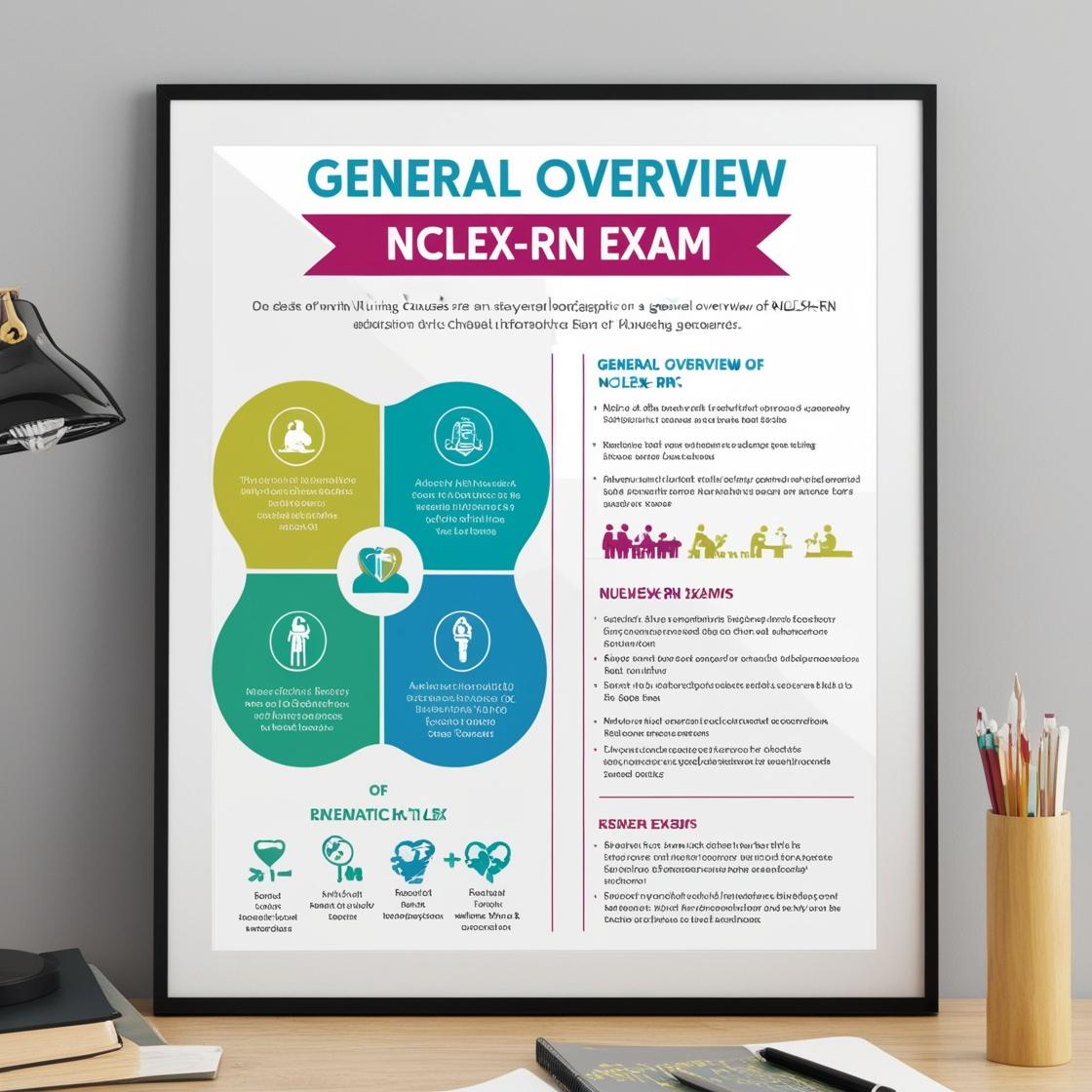NCLEX-RN
Psychosocial Integrity NCLEX Questions
1. During a survey, the community nurse meets a client who has not visited a gynecologist after the birth of her second child. The client says that her mother or sister never had annual gynecologic examinations. Which factor is influencing the client's health practices?
- A. Spiritual beliefs
- B. Family practices
- C. Emotional factors
- D. Cultural background
Correct answer: B
Rationale: The correct answer is 'Family practices.' In this scenario, the client's health practices are influenced by the fact that her family members never had annual gynecologic examinations, leading her to believe that such preventive care measures are unnecessary. This highlights the impact of familial behavior on an individual's perception of healthcare. Spiritual beliefs are not the primary factor at play here; they may affect the choice of medical treatment but not the decision to seek preventive care. Emotional factors like stress or fear could influence health practices, but there is no indication of this in the client's case. Cultural background would come into play if the client followed specific health beliefs or customary practices related to illness and health restoration.
2. Which defense mechanism would the nurse conclude a female client with obsessive-compulsive disorder, who washes her hands more than 20 times a day, is using to ease anxiety?
- A. Undoing
- B. Projection
- C. Introjection
- D. Displacement
Correct answer: A
Rationale: The correct answer is 'Undoing.' Undoing is a defense mechanism where the individual tries to negate a previous act to relieve guilt or anxiety. In this case, the client washing her hands excessively is trying to 'undo' perceived contamination or guilt associated with not washing. Projection (choice B) involves attributing one's own unacceptable thoughts or impulses to others, which is not demonstrated in this scenario. Introjection (choice C) is the process of internalizing beliefs or values of others, which is also not applicable in this context. Displacement (choice D) involves redirecting emotions from one target to another, which does not align with the client's behavior of handwashing as a response to anxiety in this case.
3. Which communication technique is a part of therapeutic communication?
- A. Asking for explanations
- B. Showing sympathy to the client
- C. Asking personal questions of the client
- D. Providing relevant information to the client
Correct answer: D
Rationale: The correct answer is providing relevant information to the client. In therapeutic communication, it is essential to provide clients with all pertinent information to help them understand their health status and what to expect. This empowers clients and promotes trust in the nurse-client relationship. Asking for explanations, showing sympathy, and asking personal questions are examples of nontherapeutic communication techniques. Asking personal questions can intrude on the client's privacy and may not be relevant to their care. Showing sympathy, while well-intentioned, may come across as pity rather than true empathy. Asking for explanations can sometimes put clients on the defensive rather than fostering a collaborative dialogue.
4. Which dysfunction of the reproductive system is associated with anorexia nervosa in females?
- A. Galactorrhea
- B. Gynecomastia
- C. Amenorrhea
- D. Premenstrual dysphoric disorder
Correct answer: C
Rationale: Amenorrhea (cessation of menses) is associated with anorexia nervosa in females due to endocrine imbalances resulting from depleted fat stores. Galactorrhea is a milky discharge from the nipples unrelated to normal breast milk production. Gynecomastia is swelling of breast tissue in males. Premenstrual dysphoric disorder occurs about 1 week before menses and includes mood swings, depression, fatigue, bloating, overeating, and difficulty focusing, resolving when menstruation starts. In the context of anorexia nervosa, the primary concern is the disruption of the menstrual cycle due to low body weight, leading to amenorrhea.
5. Which nursing intervention would be provided to a hospitalized client during the identity versus role confusion stage?
- A. Choosing creative ways to promote social participation
- B. Providing information to the client about the treatment plan
- C. Encouraging the client to participate actively in treatment procedures
- D. Involving the client's partners or family members in the caring process
Correct answer: B
Rationale: During the identity versus role confusion stage, which occurs during adolescence or puberty, it is essential for the nurse to empower hospitalized adolescents by providing them with sufficient information about their treatment plan. This approach enables the clients to actively participate in decision-making regarding their care. Choosing creative ways to promote social participation is more aligned with assisting clients during the generativity versus self-absorption and stagnation stage, where fostering social engagement can contribute to a sense of fulfillment. Involving the client's partners or family members in the caring process is typically beneficial during the intimacy versus isolation stage to create a strong support system for the client. Encouraging active participation in treatment procedures is more relevant to the industry versus inferiority stage, ensuring that the hospitalized client engages effectively in their care.
Similar Questions

Access More Features
NCLEX RN Basic
$69.99/ 30 days
- 5,000 Questions with answers
- Comprehensive NCLEX coverage
- 30 days access @ $69.99
NCLEX RN Premium
$149.99/ 90 days
- 5,000 Questions with answers
- Comprehensive NCLEX coverage
- 30 days access @ $149.99
